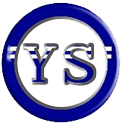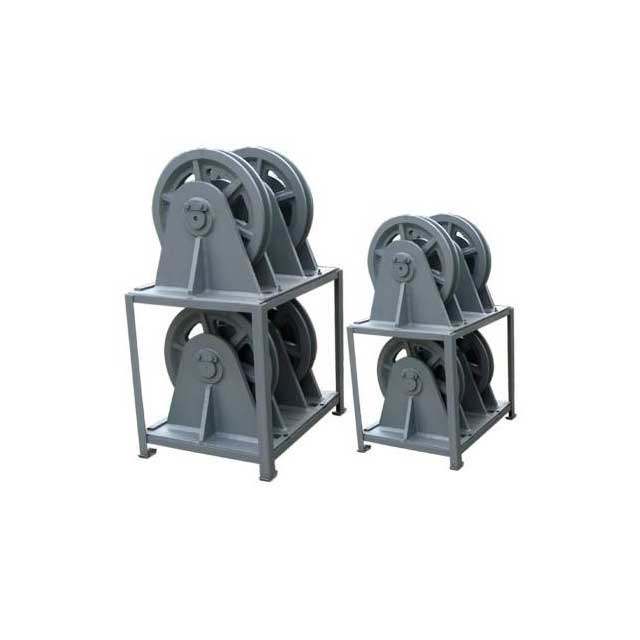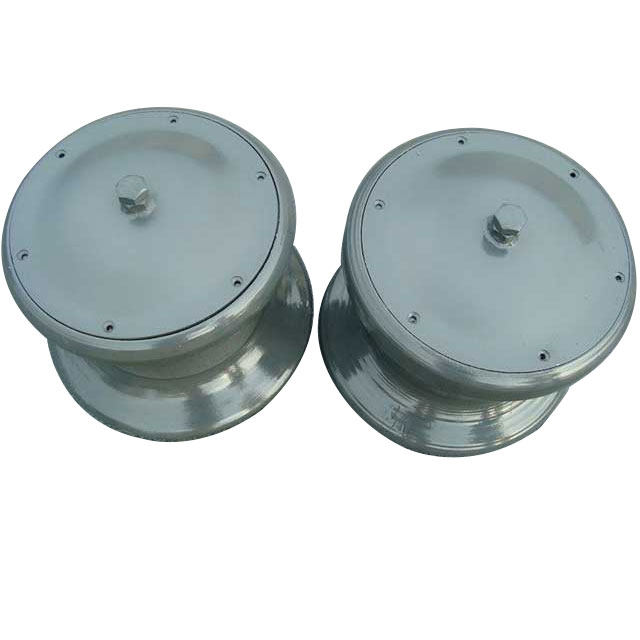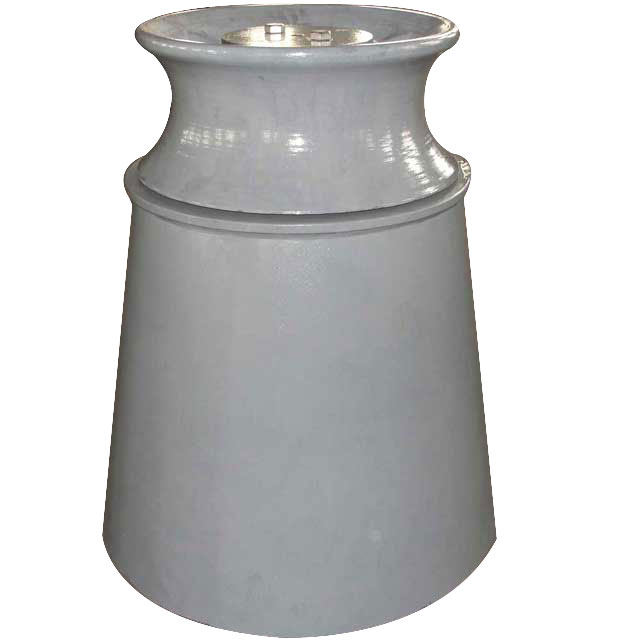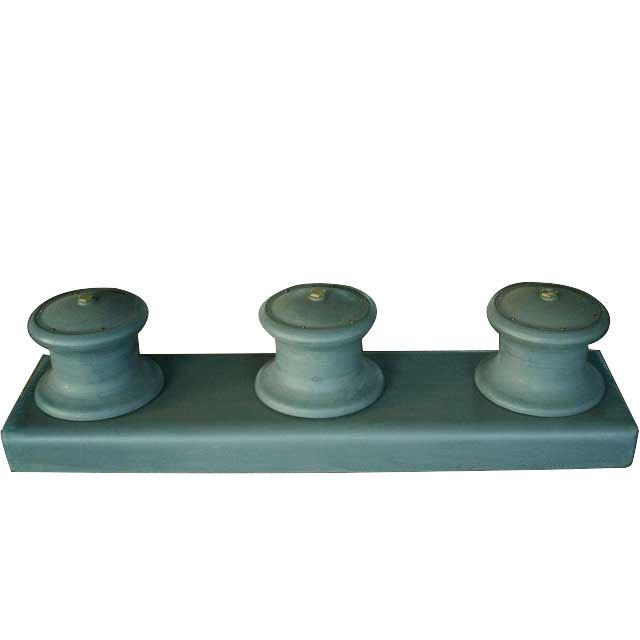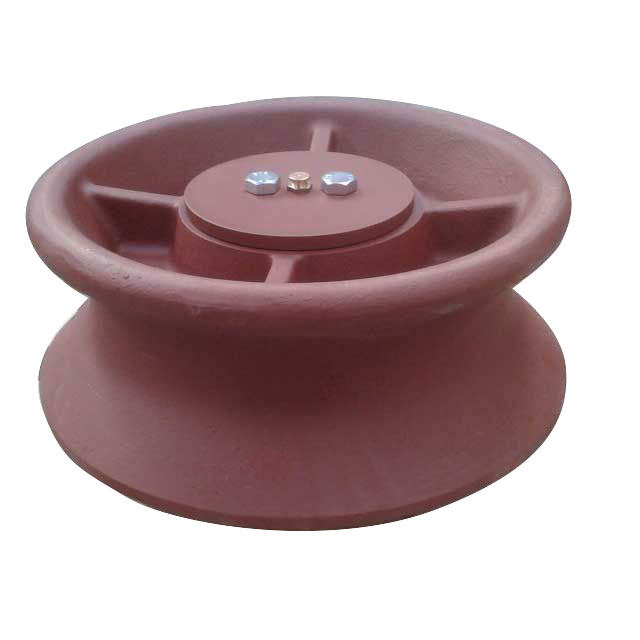How to Customize Roller Fairleads for Specialized Vessel Mooring Needs
Vessel mooring is a crucial operation in maritime industries, ensuring that ships are safely secured to piers, docks, or other vessels. One key component in this process is the roller fairlead, a device that guides mooring lines and prevents them from chafing or damaging the ship’s hull. However, standard roller fairleads may not always meet the unique requirements of every vessel or mooring operation. Customizing roller fairleads to cater to specialized vessel mooring needs is becoming increasingly important as ships grow in size and complexity.
Table of Contents
The Role of Roller Fairleads in Mooring
Roller fairleads are designed to direct mooring lines in a controlled and efficient manner. They guide the lines from the vessel to the quay or other moored vessels, ensuring that the ropes or chains do not cause damage to the vessel or wear prematurely. They also help distribute the mooring load evenly, reducing stress on the vessel’s hull and other mooring components. A well-designed roller fairlead ensures smooth handling of mooring lines, preventing tangles, friction, and damage to both the lines and the ship itself.
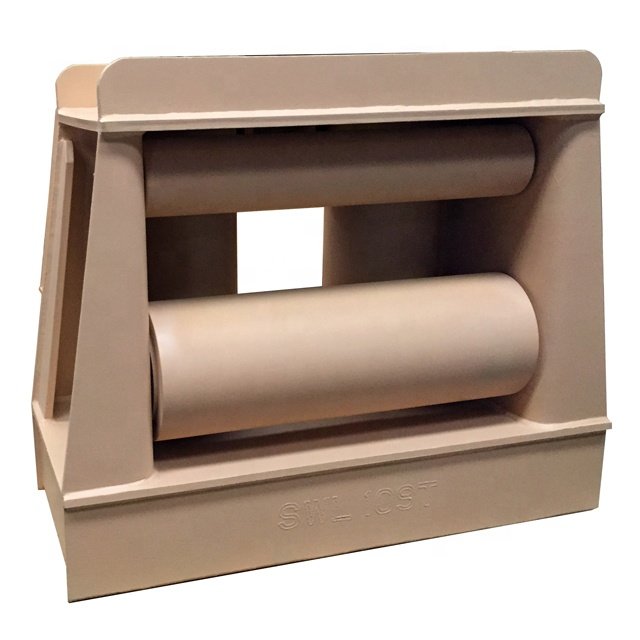
The Need for Customized Roller Fairleads for Specialized Vessel Mooring
- Accommodating Unique Vessel Designs
Specialized vessels often have distinctive layouts, including unconventional deck structures, multiple mooring stations, and varying hull profiles. Standard fairleads may not align correctly with these setups, resulting in suboptimal line routing or even hazardous line angles. Customized roller fairleads can be engineered to fit precisely within a vessel’s design, ensuring that lines follow a safe, efficient path from winch to bollard to shore or buoy.
- Addressing Varied Mooring Conditions
Mooring requirements differ significantly across operational settings—whether at a fixed berth, a floating production facility, or in open-sea dynamic positioning. Customized fairleads can be designed to perform reliably in harsh weather, strong currents, or high tidal variation. This includes selecting materials that resist corrosion, reinforcing structures for heavy loads, or incorporating swivel designs to manage multidirectional forces.
- Enhancing Equipment Compatibility
Not all mooring systems use the same types of lines. High-performance synthetic ropes, wire ropes, and hybrid lines each interact differently with roller surfaces. A customized fairlead can match roller materials, surface finishes, and geometries to ensure minimal wear on lines and fairlead components alike. This level of compatibility is crucial for both safety and efficiency.
- Meeting Industry-Specific Needs
Certain vessels—such as LNG carriers, naval ships, and offshore construction units—operate under strict regulatory standards and operational constraints. Custom roller fairleads can be developed to comply with classification society rules, defense standards, or environmental guidelines. They can also integrate unique features, such as emergency release systems or load monitoring capabilities, to satisfy mission-specific requirements.
- Supporting Efficient and Safe Operations
Poorly aligned or undersized fairleads can cause line friction, excessive stress, or dangerous snapback during line failure. Custom roller fairleads help mitigate these risks by ensuring smooth transitions, appropriate tension angles, and reduced line fatigue. The result is safer mooring operations, reduced maintenance needs, and improved crew confidence.
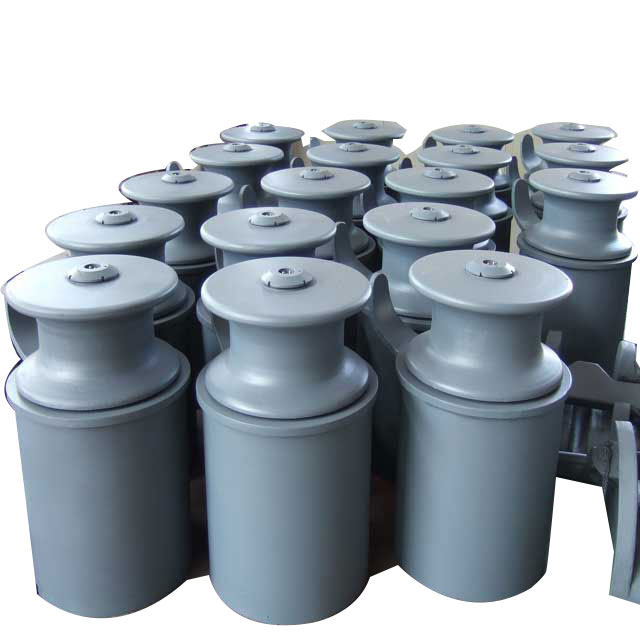
Types of Roller Fairleads for Specialized Vessel Mooring Needs
| Type of Roller Fairlead | Description | Typical Applications |
| Single Roller Fairlead | One horizontal roller guides the mooring line, reducing friction. | Small to medium-sized vessels; simple mooring. |
| Double Roller Fairlead | Two rollers (horizontal and vertical) guide the mooring line at an angle. | Vessels requiring flexible line direction control. |
| Vertical Roller Fairlead | Vertical roller only, often used to redirect lines downward or upward. | Offshore platforms, tugboats. |
| Horizontal Roller Fairlead | Single horizontal roller for side-to-side mooring guidance. | Berthing alongside docks. |
| Four-Roller Fairlead | Two vertical and two horizontal rollers for 360° line guidance. | Heavy-duty mooring; oil tankers, offshore vessels. |
| Five-Roller Fairlead | Three vertical and two horizontal rollers for enhanced line stability. | Large ships, dynamic mooring situations. |
| Swivel Roller Fairlead | Roller assembly that can rotate to align with line tension direction. | Vessels with variable mooring angles. |
| Custom Angled Roller Fairlead | Designed at specific angles to fit vessel-specific mooring setups. | Special-purpose vessels; offshore support ships. |
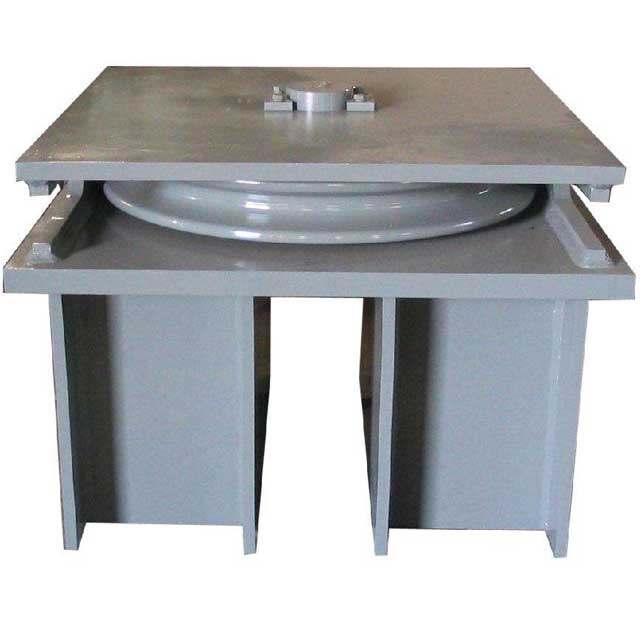
Key Considerations for Customizing Roller Fairleads in Specialized Vessel Mooring
- Vessel Type and Size
The first and most fundamental consideration when customizing roller fairleads is the type and size of the vessel. Larger vessels, such as supertankers, container ships, and cruise liners, require stronger and more durable fairleads due to the greater forces exerted during mooring. Custom designs can ensure that the fairlead can handle the increased weight and load demands without compromising safety or performance. This might include selecting materials capable of bearing high loads and incorporating larger rollers to accommodate heavier lines and forces.
- Environmental Conditions
Vessels often operate in harsh environments, such as saltwater, ice, or areas prone to heavy winds and high waves. The environmental conditions play a significant role in customizing roller fairleads. For vessels operating in saltwater, for example, corrosion-resistant materials like stainless steel or specialized coatings may be required to prevent degradation over time. Similarly, for vessels operating in icy waters, fairleads may need to be designed with features to handle the added stress and the potential for ice buildup.
- Mooring Line Specifications
Different types of mooring lines, such as synthetic ropes, steel cables, or combination lines—pose unique challenges for roller fairleads. Customizing roller fairleads to match the specific characteristics of the mooring lines is essential for preventing premature wear and damage. For example, fairleads designed to handle synthetic ropes may require smooth, polished rollers to prevent abrasion, while steel cables might require reinforced rollers to manage higher tension forces without causing damage.
- Load and Tension Capacities
One of the most critical factors when customizing roller fairleads is the load and tension capacity. As vessels vary in size and operational conditions, the tension exerted on mooring lines will also differ. A fairlead must be designed to accommodate these specific load requirements, ensuring that it can safely guide the mooring line without fail. Custom solutions can incorporate advanced load-bearing materials, reinforced bearings, and larger roller sizes to ensure the system can handle the tension without risk of failure.
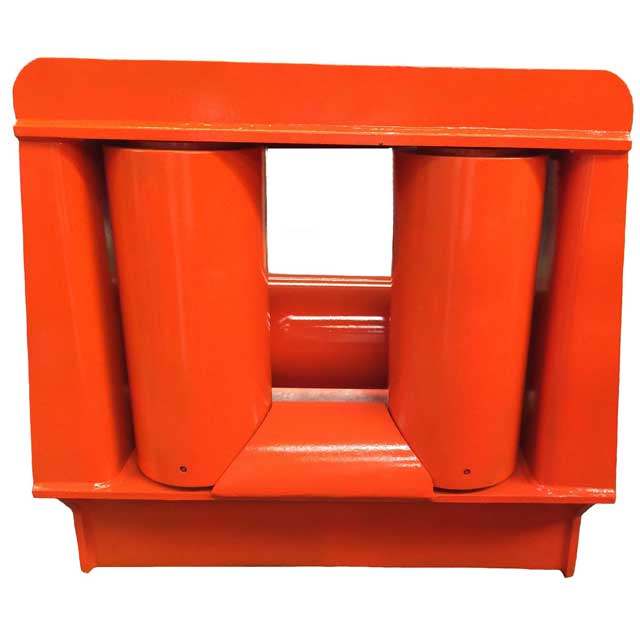
- Ease of Maintenance and Longevity
Mooring systems are exposed to constant wear and tear due to environmental stress, heavy use, and potential friction from mooring lines. Custom roller fairleads can be designed with ease of maintenance in mind. Features such as removable rollers, corrosion-resistant bearings, and simplified cleaning processes ensure that fairleads can be properly maintained with minimal downtime. Additionally, selecting durable materials and incorporating features like self-lubricating bearings can extend the lifespan of the fairlead, reducing the need for frequent replacements.
- Mooring Configuration and Vessel Design
The mooring configuration can vary significantly depending on the type of vessel and the docking system in use. Some vessels may require non-standard mooring configurations, such as multi-point mooring systems or dynamic positioning systems. Customizing roller fairleads ensures that they can be integrated seamlessly into these specialized configurations. Adjustments to the angle, size, and positioning of the fairlead might be necessary to align with the vessel’s docking systems and mooring points.
- Safety and Regulatory Compliance
In certain maritime industries, ensuring safety and compliance with international standards is crucial. Customized roller fairleads must meet the necessary safety regulations and certifications, which vary by region and vessel type. Custom designs should consider these requirements, ensuring that the fairlead is equipped to handle the specified loads while adhering to industry safety guidelines. This is particularly important in sectors such as oil and gas, where mooring systems are subjected to additional scrutiny due to the hazardous materials involved.
- Integration with Other Mooring Components
Mooring systems are complex and consist of multiple components working together to secure the vessel. Custom roller fairleads must be designed to integrate smoothly with other mooring equipment, such as winches, anchors, and bollards. The fairlead should not only complement the existing system but also enhance its performance by facilitating smooth and efficient line handling. Working with experienced engineers and system designers can help ensure that the customized fairlead integrates seamlessly into the broader mooring system.
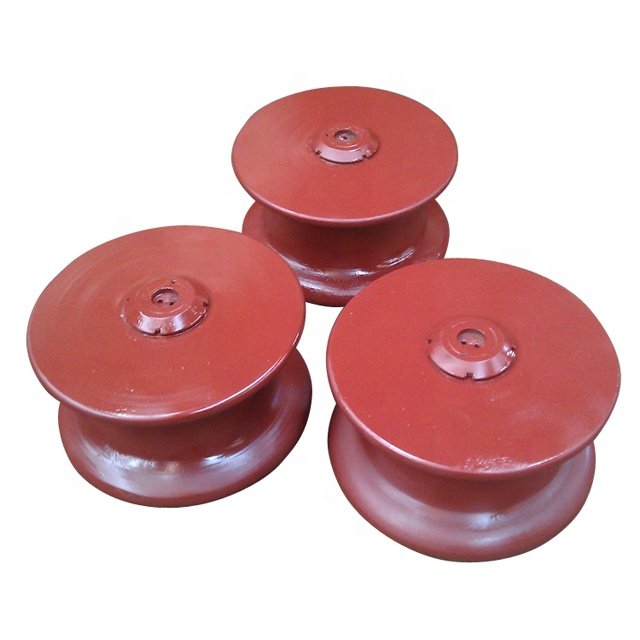
Best Practices for Customizing Roller Fairleads in Specialized Vessel Mooring
| Best Practice | Description |
| Conduct Detailed Mooring Analysis | Evaluate vessel type, mooring line angles, tension levels, and environmental factors. |
| Select Appropriate Fairlead Type | Choose between horizontal, vertical, double-roller, or swivel fairleads based on mooring needs. |
| Use Corrosion-Resistant Materials | Opt for stainless steel, galvanized steel, or coated metals for durability in marine conditions. |
| Optimize Roller Design for Line Type | Match roller surface material (e.g., polyurethane) to line type (wire rope, synthetic fiber). |
| Ensure Structural Integration | Design mounting systems compatible with deck or bulwark structure to handle mooring loads. |
| Incorporate Load and Motion Flexibility | Design rollers to accommodate dynamic angles and fluctuating tension from vessel movement. |
| Comply with Class Society Standards | Adhere to ABS, DNV, or LR standards for structural integrity and operational safety. |
| Perform Prototyping and Testing | Validate design with simulations and physical testing under operational conditions. |
| Facilitate Maintenance Access | Design for easy inspection, lubrication, and part replacement to reduce downtime. |
| Document and Review Design Thoroughly | Maintain complete records of design calculations, certifications, and test results. |
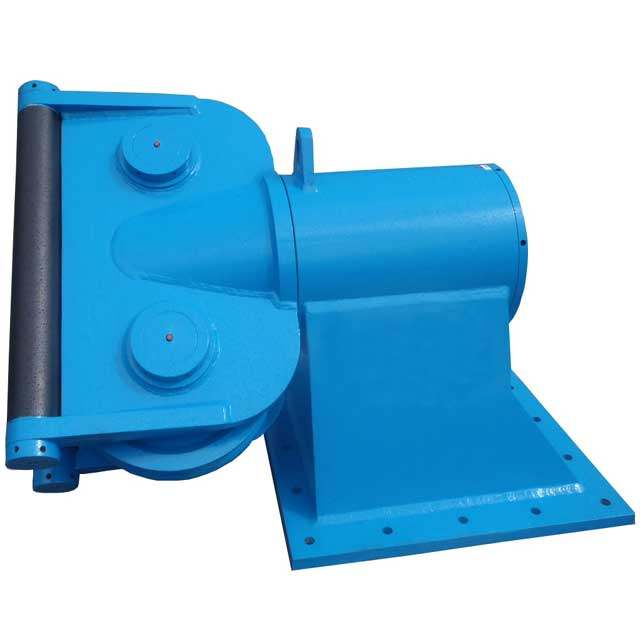
Summary
Customizing roller fairleads ensures that specialized vessels operate safely and efficiently in their unique mooring environments. By considering the unique needs of the vessel, its operating environment, and its specific mooring configuration, customized fairleads can greatly enhance the safety, efficiency and longevity of mooring systems.
